Aseptic Hypertrophic Non-union of Periprosthetic Femur Fracture
Score and Comment on this Case
Clinical Details
Clinical and radiological findings: A 67-year-old female presented with persistent and worsening thigh pain 15 months following open reduction and internal fixation (ORIF) of a periprosthetic femur fracture performed at an outside facility. Prior to the femur fracture, the patient's hip and knee prostheses were functioning well without pain. There was no history of postoperative infection. Radiographic evaluation and clinical presentation classified the non-union as aseptic and hypertrophic, indicating significant biological activity but inadequate mechanical stability at the fracture site.
Preoperative Plan
Planning remarks: The preoperative plan involved restoring the anatomic axis, achieving mega compression, and ensuring absolute stability of the fracture site. The existing short plate with minimal proximal segment fixation was identified as insufficient, necessitating revision with improved fixation strategy.
Surgical Discussion
Patient positioning: The patient was positioned supine on the operating table, with the affected limb prepared for surgical access.
Anatomical surgical approach: A lateral approach to the femur was utilized, with careful dissection through the fascia lata to expose the previous surgical site. The existing hardware was assessed, and the non-union site was visualized without disturbing the biological activity present.
Operative remarks:The surgeon noted that the hypertrophic non-union was primarily due to inadequate proximal fixation in the initial surgery. The revision strategy focused on enhancing mechanical stability through extended fixation and compression techniques. No augmentation of the biological environment was deemed necessary due to the presence of active callus formation.
Postoperative protocol: Postoperative rehabilitation included protected weight-bearing with gradual progression to full weight-bearing as tolerated, focusing on maintaining range of motion and strength in the surrounding musculature.
Follow up: Not specified
Orthopaedic implants used: Not specified
Search for Related Literature

orthopaedic_trauma
- United States , Seattle
- Area of Specialty - General Trauma
- Position - Specialist Consultant

Industry Sponsership
contact us for advertising opportunities
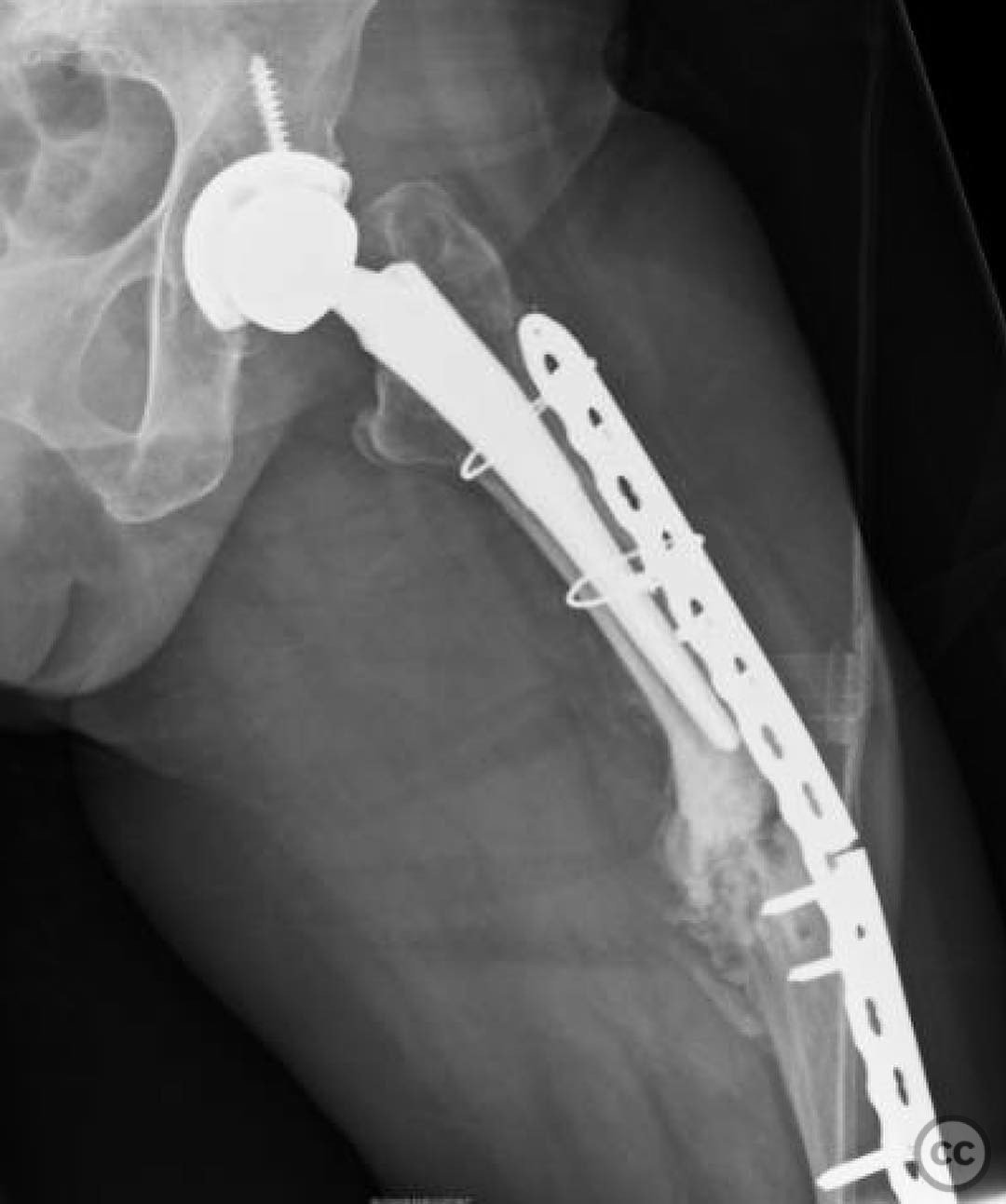
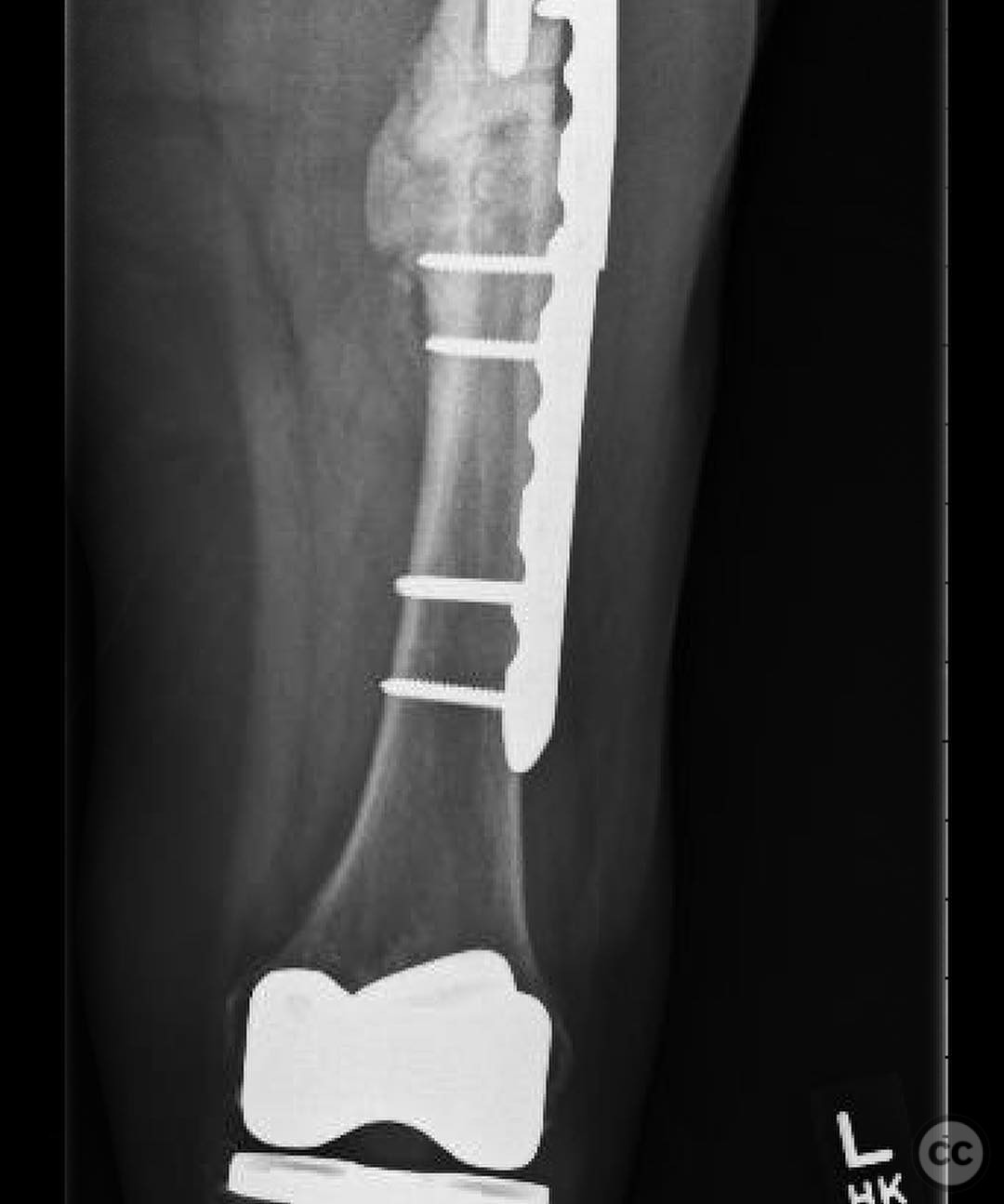
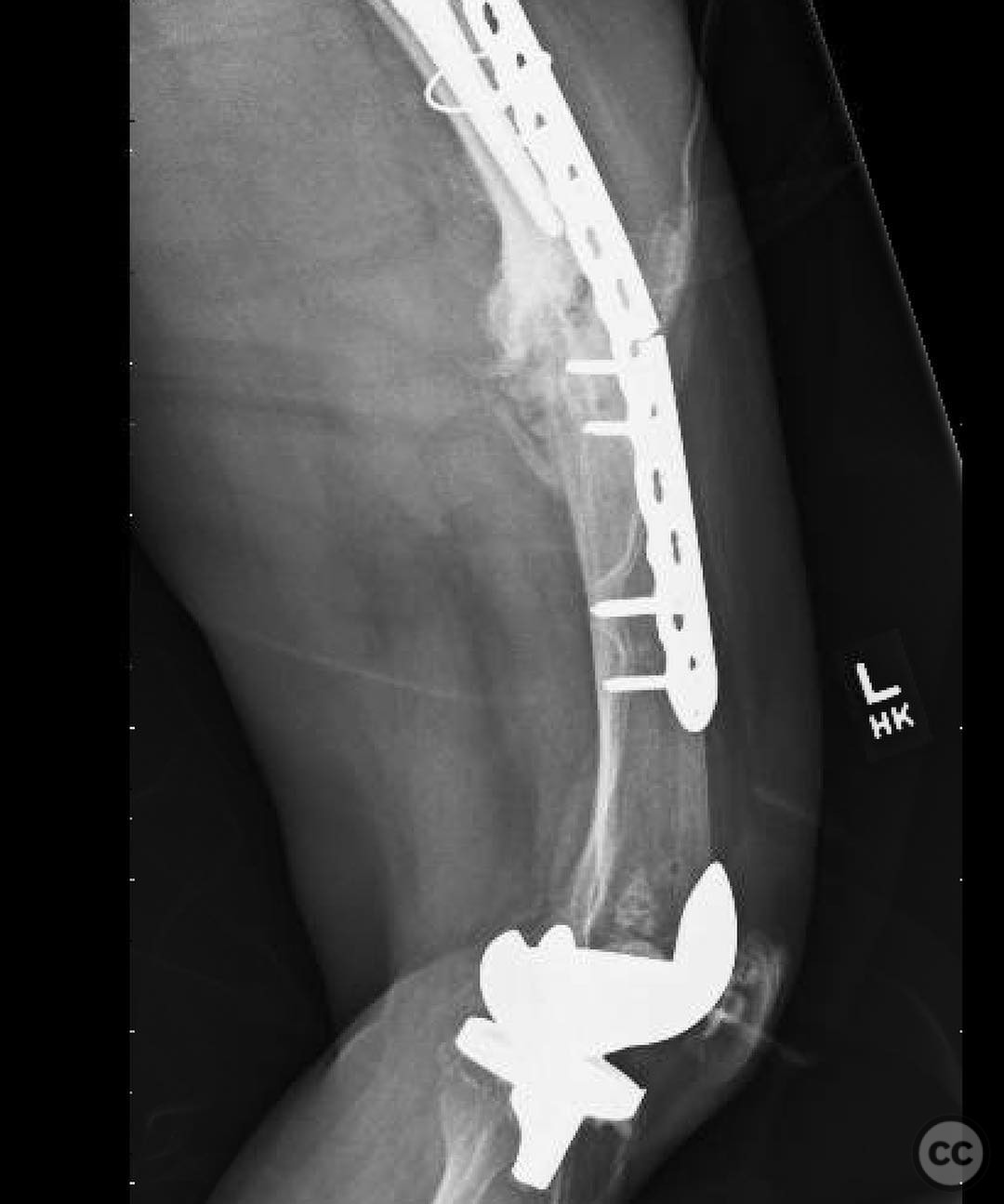
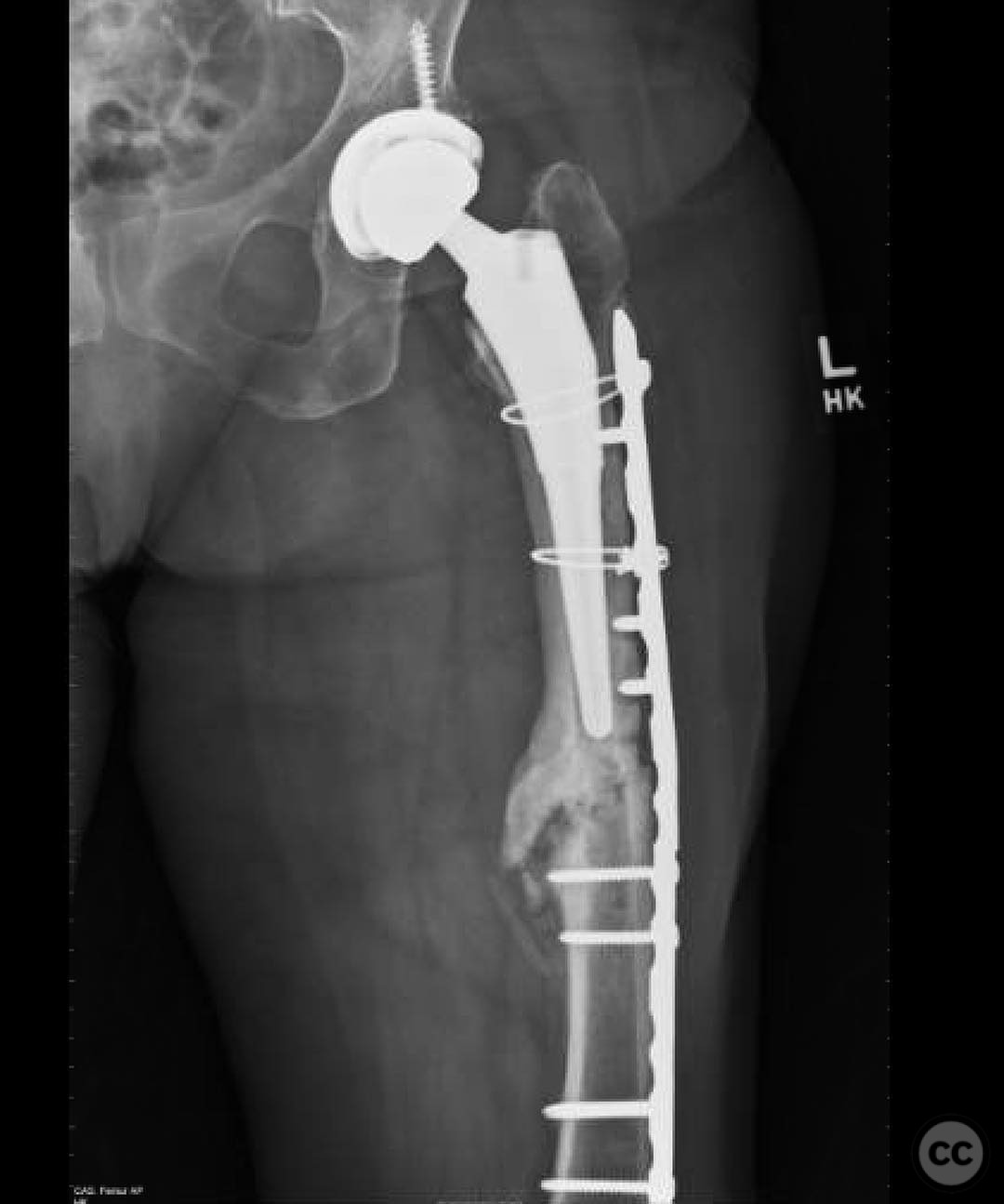
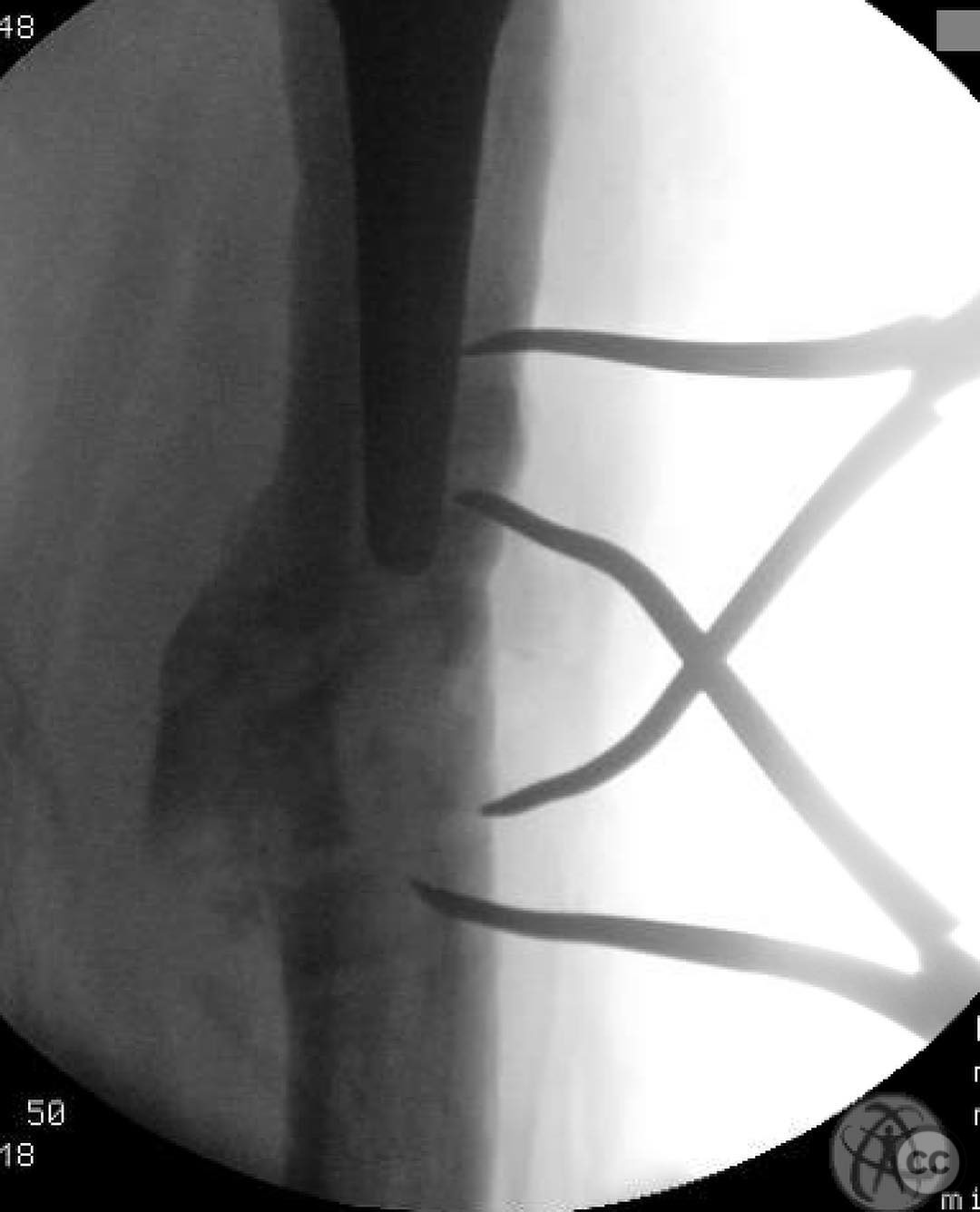
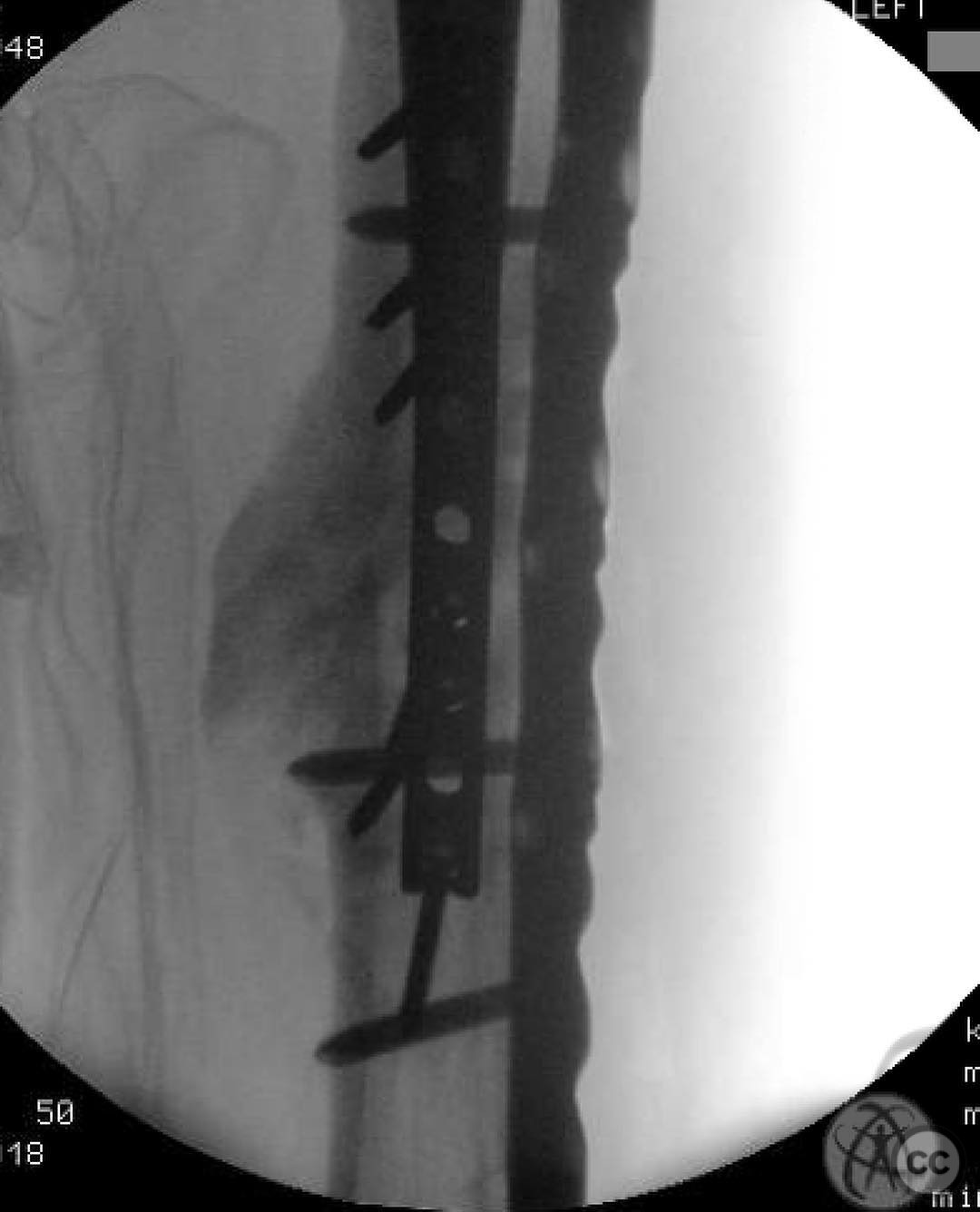
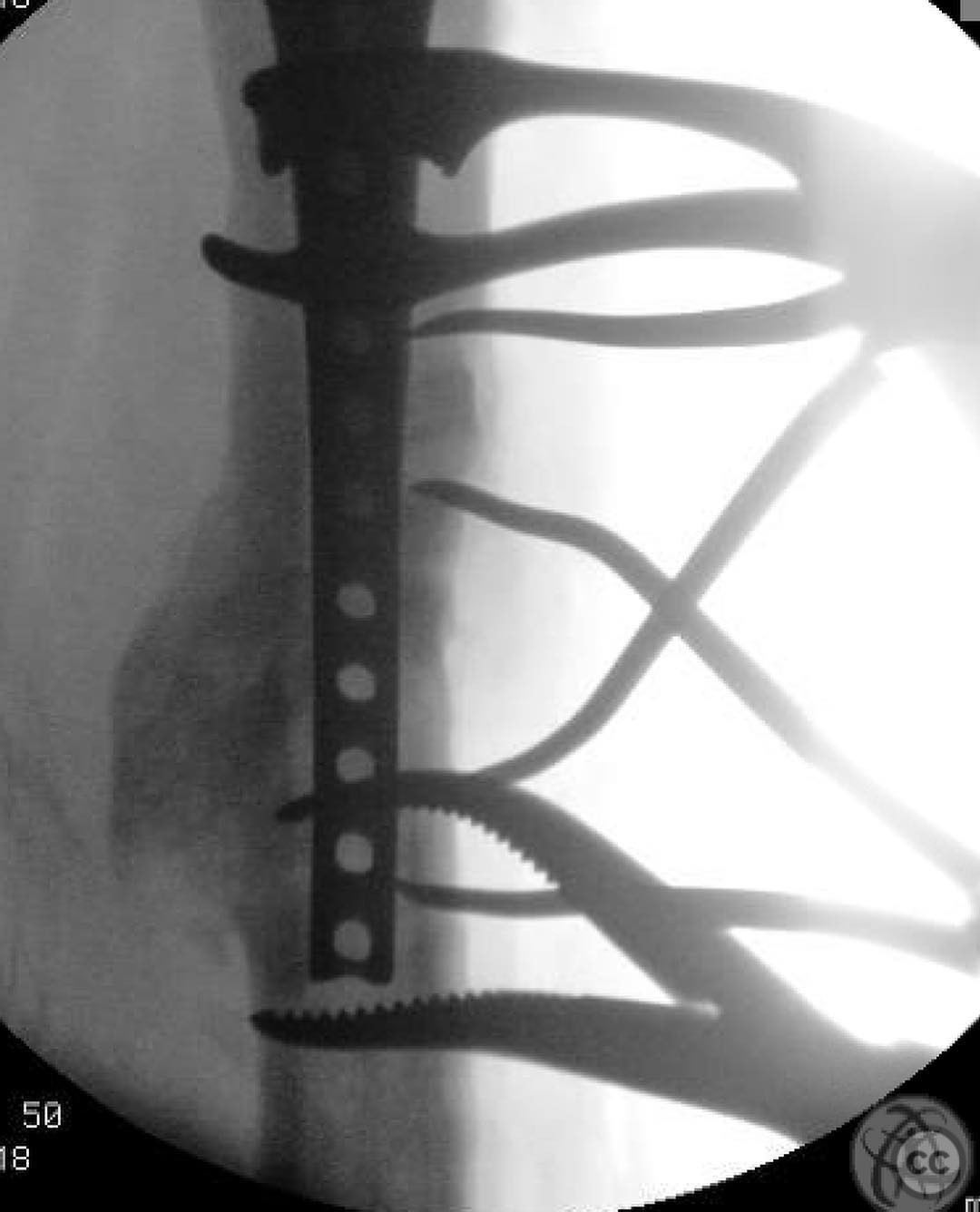
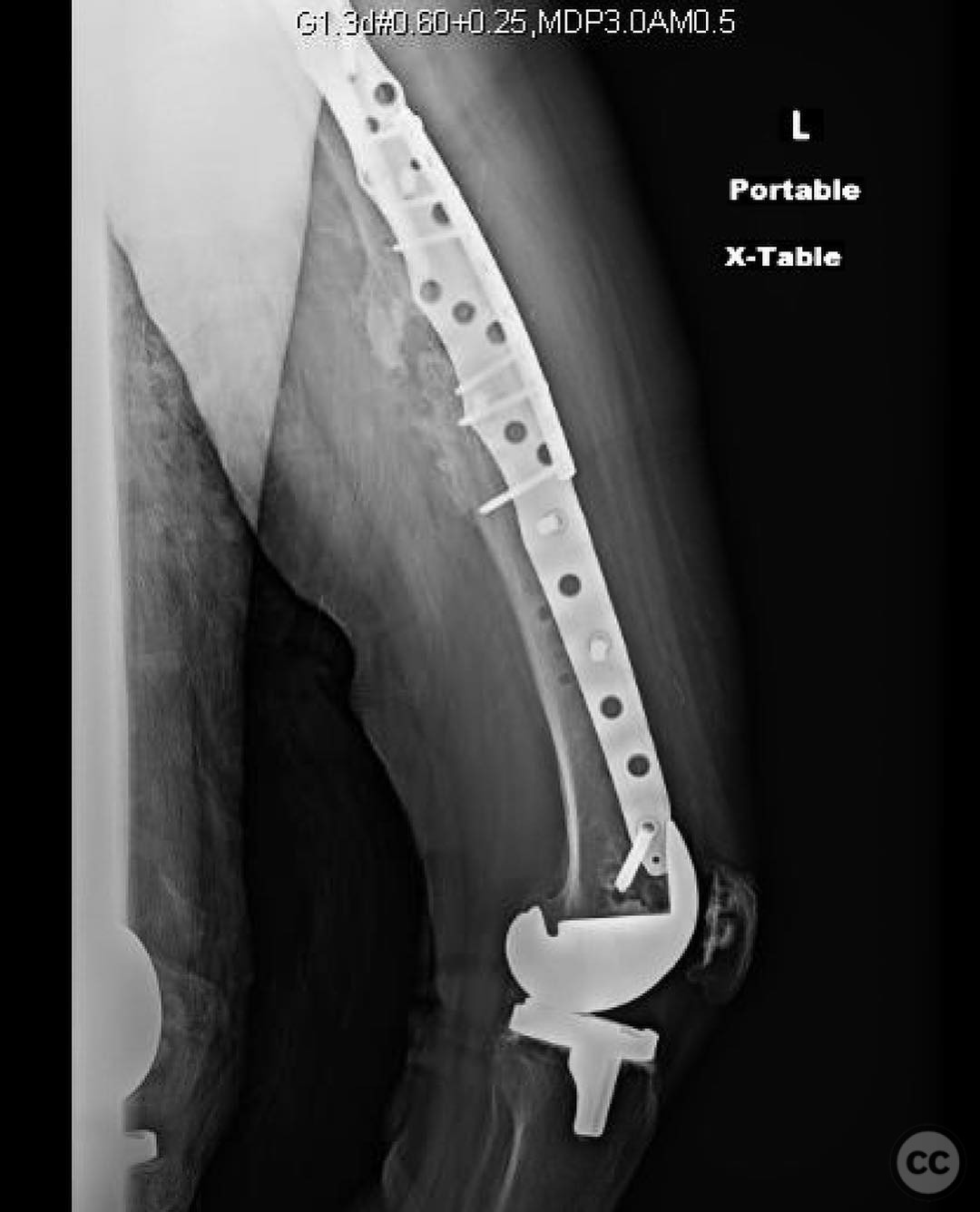
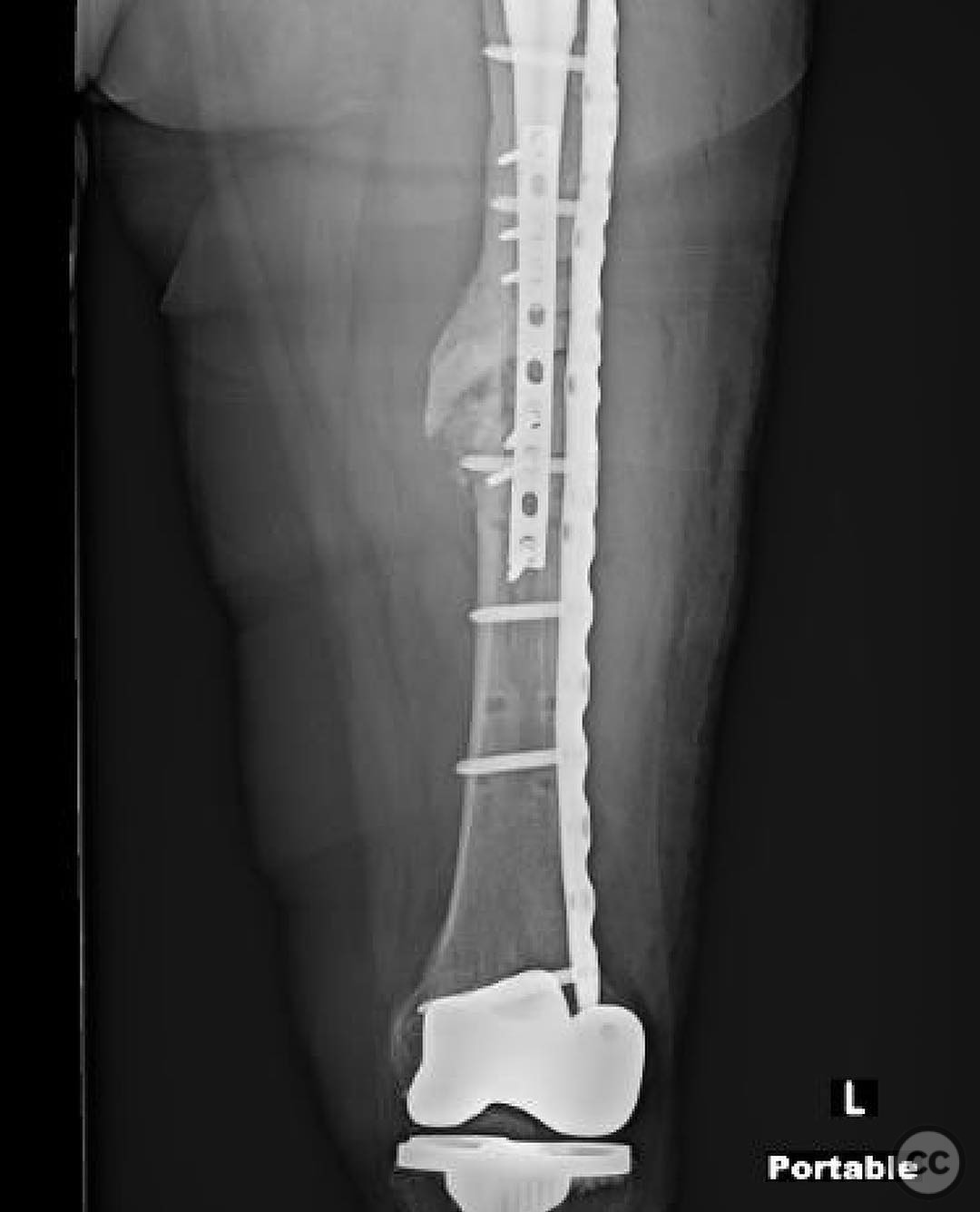
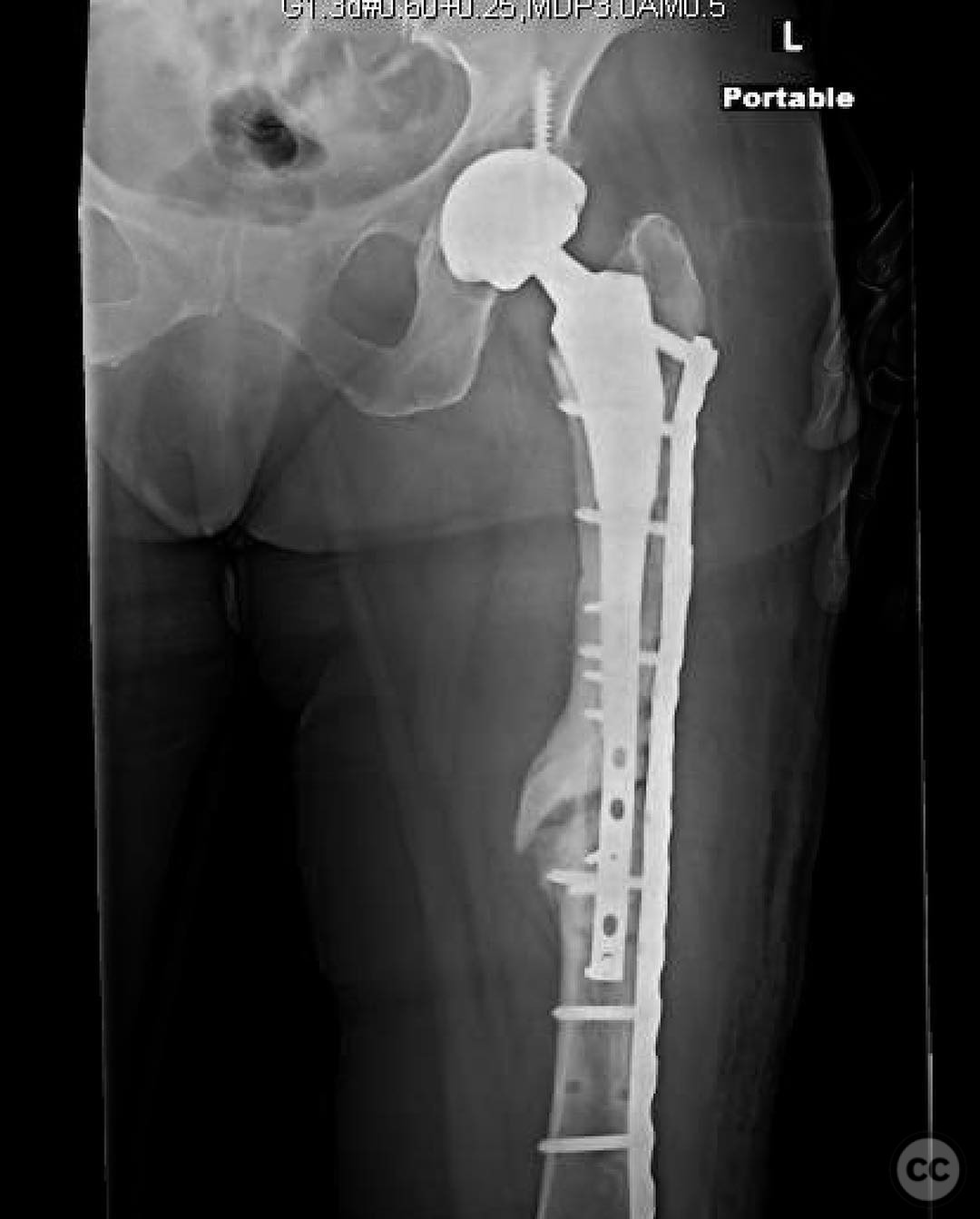
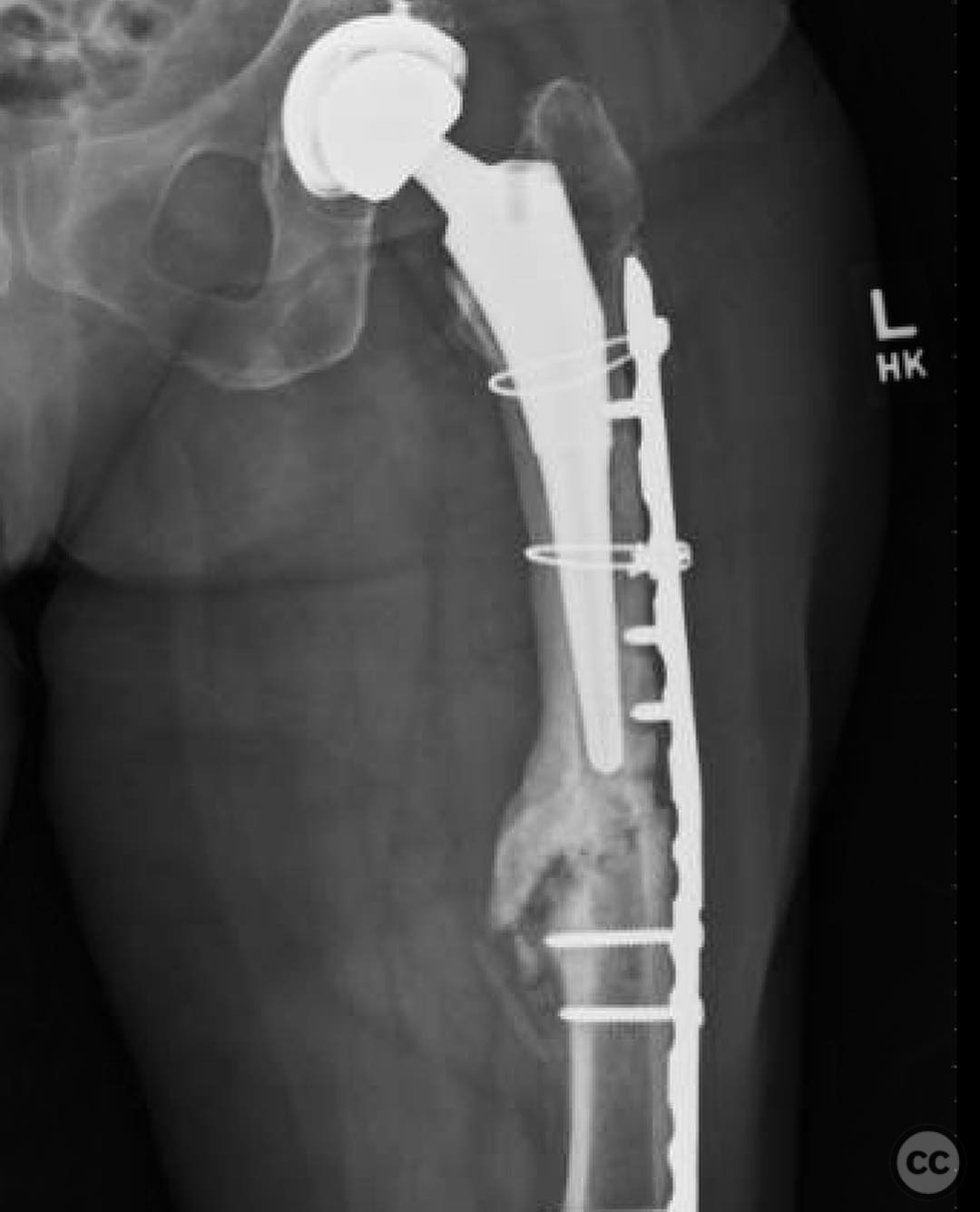
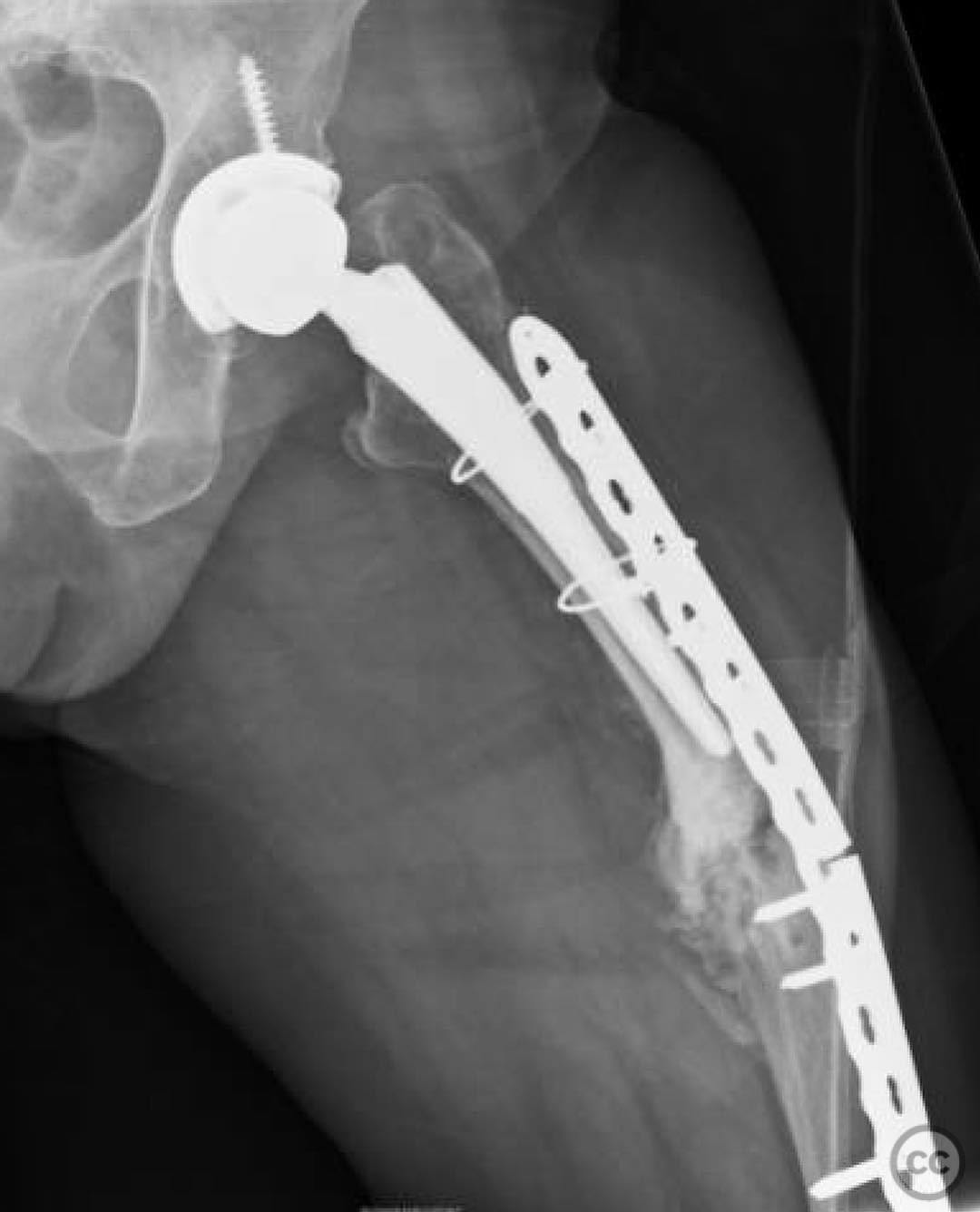
Article viewed 114 times
23 Jul 2025
Add to Bookmarks
Full Citation
Cite this article:
Surname, Initial. (2025). Aseptic Hypertrophic Non-union of Periprosthetic Femur Fracture. Journal of Orthopaedic Surgery and Traumatology. Case Report 42276383 Published Online Jul 23 2025.